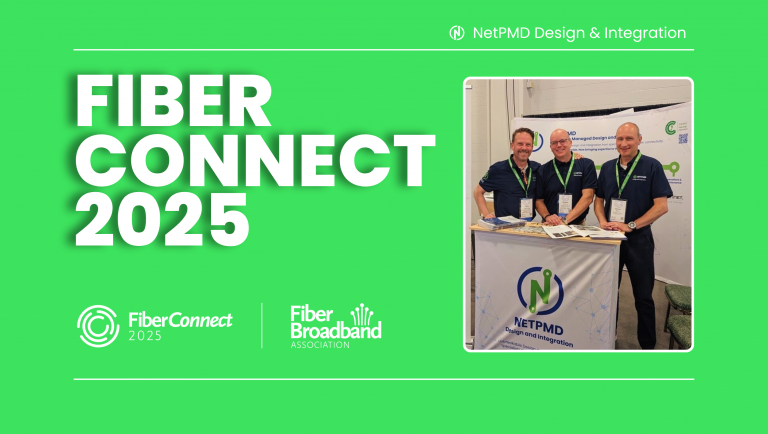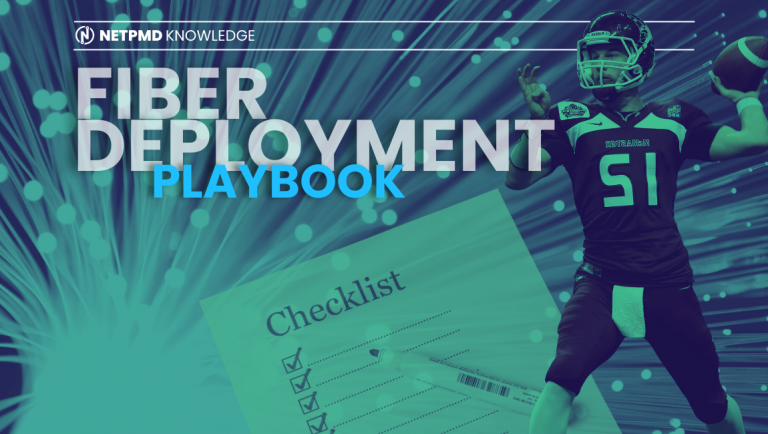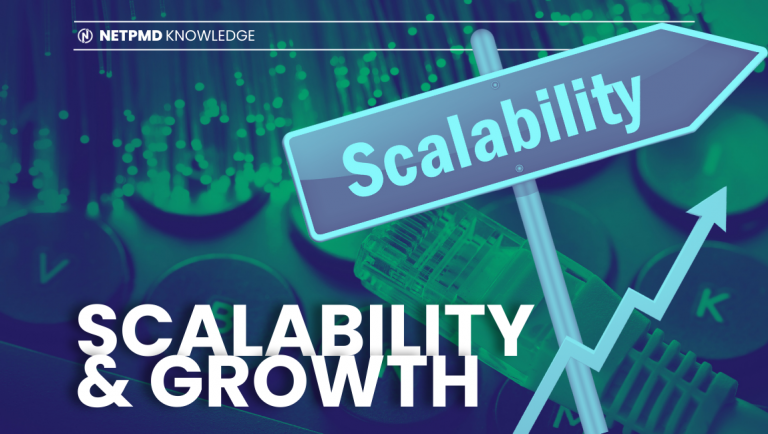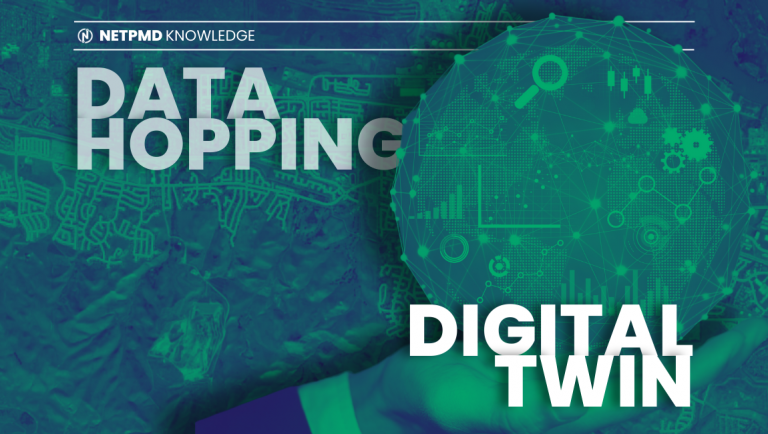
Trusted Worldwide | 6 Years in Service | 150+ Cities Designed | 3.5 Million Premises Connected
What we’re talking about
Blogs & Articles


The Fiber Deployment Playbook: Budgeting, Stakeholders, and Risk Management
Poppy January 23, 2025
Read More > 
Future-Proofing Fiber Networks: Designing for Scalability and Growth
Poppy January 17, 2025
Read More > 
Fiber Optic Cables: The Ultimate Showdown Between Single-Mode and Multi-Mode
Poppy January 13, 2025
Read More > 
Ensuring Network Resilience: The Importance of Redundancy in Fiber Network Design
Poppy January 3, 2025
Read More > 
Lighting Up the Holidays: The Role of Fiber Optics in Festive Displays
Poppy December 23, 2024
Read More > 

The Importance of Data Hopping and Creating a Digital Twin for Your Fiber Network
Poppy December 10, 2024
Read More > 






NetPMD celebrates World Cities Day by reflecting on its portfolio.
Poppy October 30, 2024
Read More > 


From Oil Wells to Light Speed: A Comparative Analysis
Charlotte Griffiths December 5, 2023
Read More > 

How Experience Helps in Reducing Time to Value in Fibre Network Projects
Charlotte Griffiths October 24, 2022
Read More > 
Why Data-Driven Design is the Key to Fiber Network Design Success
Charlotte Griffiths October 6, 2022
Read More > 


